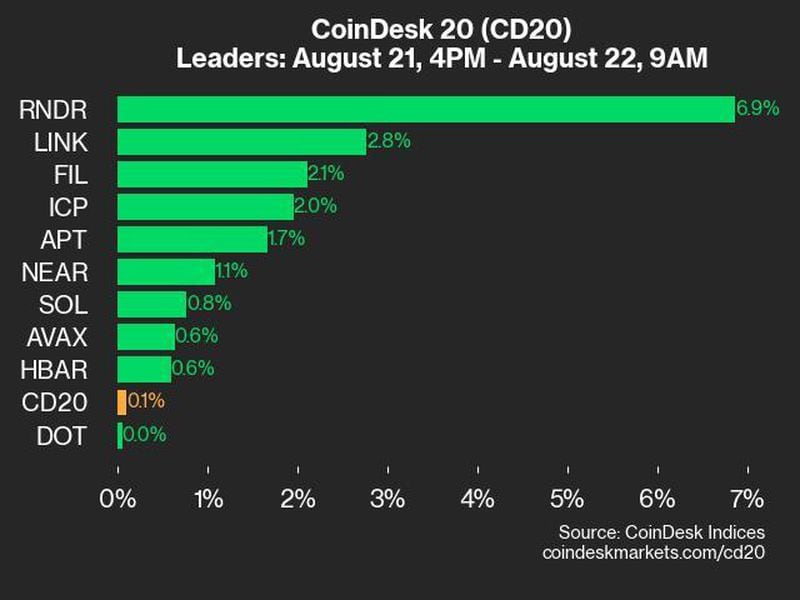The U.S. Federal Reserve could soon include a cryptocurrency market crash as one of the risks to take into account when conducting supervisory stress tests.
The Fed’s board of governors on Thursday announced amendments to a policy statement on the scenario design framework for stress testing, saying that “the collapse of the bitcoin market” may be considered as one of the “salient” market risks.
According to the document, the crypto amendment was recommended to the board by a commenter who proposed it should be seen as one of several “extraordinary shocks,” such as a war with North Korea and major losses caused by trader misconduct.
The board said it aims to make supervisory stress tests “sufficiently dynamic” by including salient market risks in the scenario design framework. Such risks have been included since the inception of supervisory stress tests, with recent additions being oil price shocks and a severe recession in the euro area, among others.
“Where appropriate, the Board intends to continue augmenting the scenarios with risks it considers to be salient,” it explained.
Supervisory stress tests of eligible firms are conducted annually by the Board pursuant to the Dodd-Frank Wall Street Reform Act and the Board’s stress test rules.
The Fed board also explains the reasons for the tests, saying:
“Together, the Dodd-Frank Act supervisory stress tests are intended to provide company management and boards of directors, the public, and supervisors with forward-looking information to help gauge the potential effect of stressful conditions on the ability of these large banking organizations to absorb losses, while meeting obligations to creditors and other counterparties and continuing to lend.”
The board has developed three stress-test scenarios – “baseline,” “adverse” and “severely adverse” – and projects a firm’s balance sheet, risk-weighted assets (RWA), net income, resulting post-stress capital levels and regulatory capital ratios, among other factors under each one.
Any of Thursday’s amendments to the stress-test policy that are adopted will come into effect on April 1.
Also likely to be included are amendments adding a change in the unemployment rate of less than 4 percent under certain economic conditions, and a decline in the nominal house price index – both under the “severely adverse” scenario.
The amendments follow the recent comments from the new chair of the Financial Stability Board (FSB) Randal K. Quarles, who also serves as the vice chair for supervision at the Fed board of governors.
Quarles said last month: “This will not be easy – developments like the emergence of crypto-assets may challenge any framework – but that makes the goal of a robust framework all the more important.”
Federal Reserve image via Shutterstock











